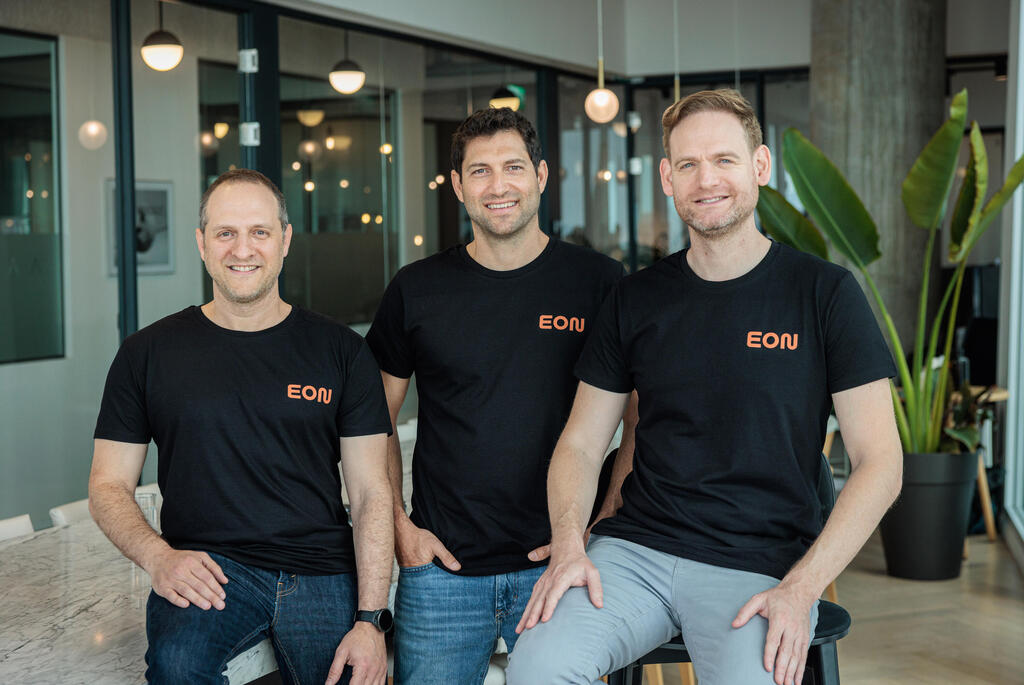SeismicAI utilise un réseau de capteurs innovant et l’intelligence artificielle pour prédire les tremblements de terre et envoyer des alertes pour aider à réduire les dommages. SeismicAi a engagé des projets pilotes au Canada, dans l’Himalaya et à Istanbul, en Turquie. (rakbeisrael.buzz)
SeismicAI offers a regional earthquake early-warning system based on artificial intelligence and machine learning that is robust, reliable, and cost effective. Its network of sensors can detect coming earthquakes quickly and accurately, leveraging years of seismological research and a cloud-based infrastructure.
There are several countries in the world with state-of-the-art earthquake early warning (EEW), including Mexico, Japan, and, more recently, California. EEW are ”real-time earthquake information systems that have the potential to provide warning prior to significant ground shaking.” Depending on the system and the distance to the epicenter, warnings may range from a few seconds to roughly a minute, mostly just enough time to move away from the windows or hide under a desk.
However, in order to create a system that effectively predicts earthquakes, saves lives, and protects infrastructure while still being affordable, a plethora of factors have to be considered. SeismicAi, a young Israeli start-up, strives to overcome the issues inherent in conventional earthquake forecasting and revolutionize the field of early warning systems (EEWS).
According to Alon Ziv, Chief Scientist at SeismicAi and Associate Professor at the Department of Geophysics at Tel Aviv University, (technically) early warning systems are highly cost-effective and could be implemented with very little budget. “Once you have an early warning system it can save a lot of money because whenever there is a moderate to large earthquake happening in or near a big city, the financial damage can be immense, not to mention the human loss in some cases,” says Ziv.
“So basically what you need is a real-time seismic network (a group of monitoring stations that are working collectively), a seismic algorithm, and you need a way to disseminate the warning among the public.”
According to Ziv, the “one thing” that costs money is the seismic sensor network itself. Those are very expensive complex systems used by Japan and California but are too expensive for many other countries. “Our goal was to come up with a more affordable, more reliable system, and, most importantly, one that can be implemented






